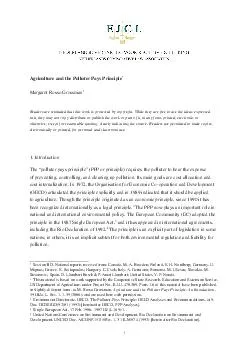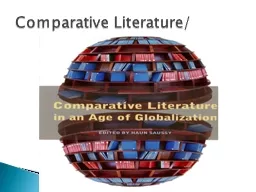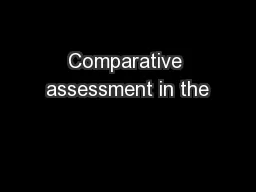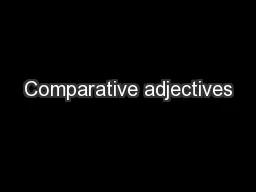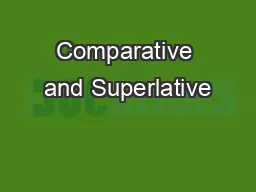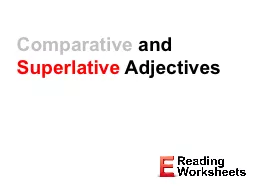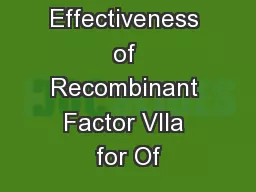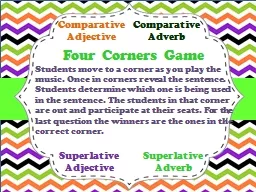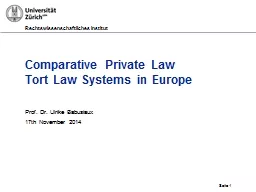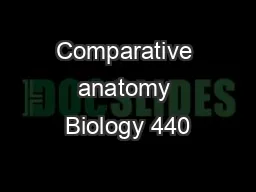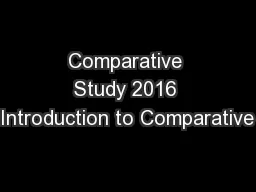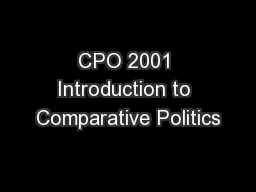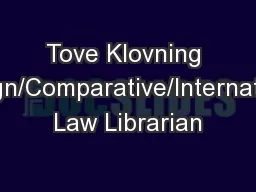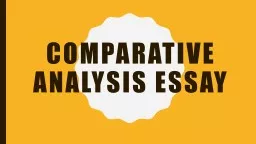PDF-Electronic Journal of Comparative Law, vol. 11.3 (December 2007), http
Author : kittie-lecroy | Published Date : 2016-07-11
A European lawyer writing about the PPP identi es criteria for a legal principle In his view a legal principle regulates a legal issue of a rather fundamental nature
Presentation Embed Code
Download Presentation
Download Presentation The PPT/PDF document "Electronic Journal of Comparative Law, v..." is the property of its rightful owner. Permission is granted to download and print the materials on this website for personal, non-commercial use only, and to display it on your personal computer provided you do not modify the materials and that you retain all copyright notices contained in the materials. By downloading content from our website, you accept the terms of this agreement.
Electronic Journal of Comparative Law, vol. 11.3 (December 2007), http: Transcript
Download Rules Of Document
"Electronic Journal of Comparative Law, vol. 11.3 (December 2007), http"The content belongs to its owner. You may download and print it for personal use, without modification, and keep all copyright notices. By downloading, you agree to these terms.
Related Documents

